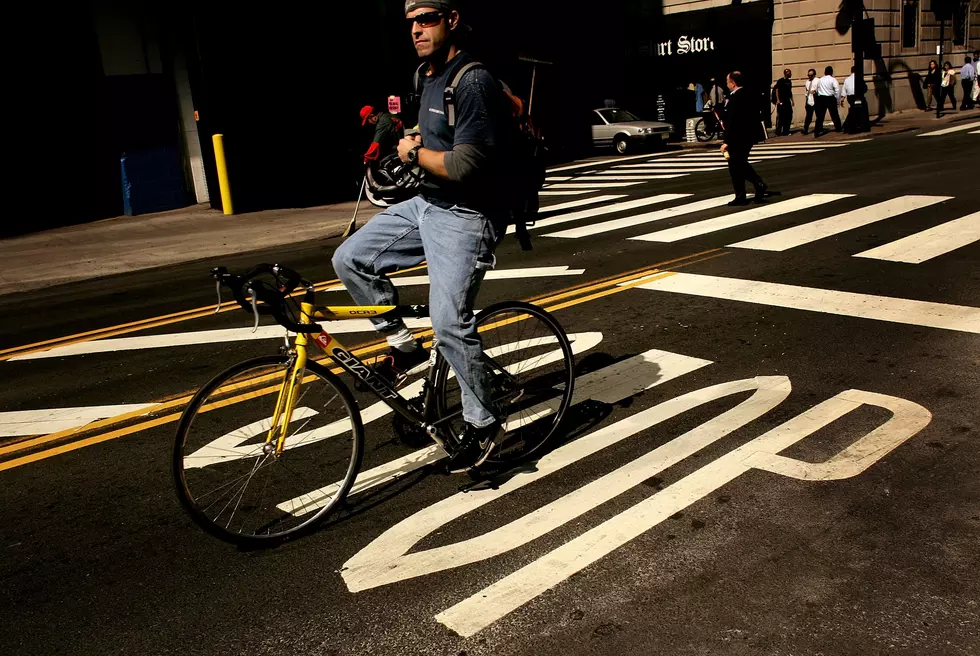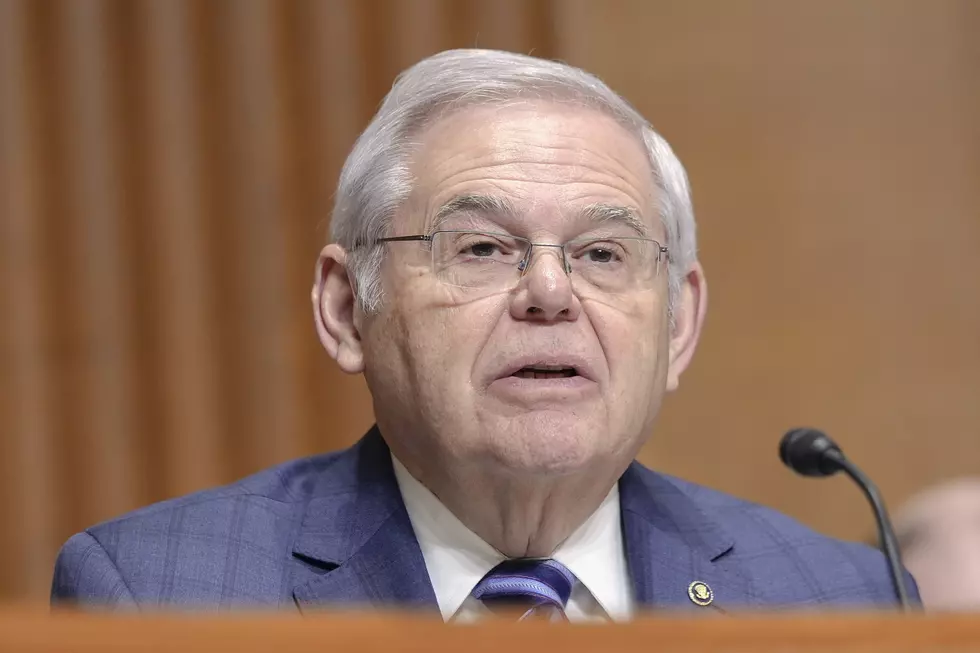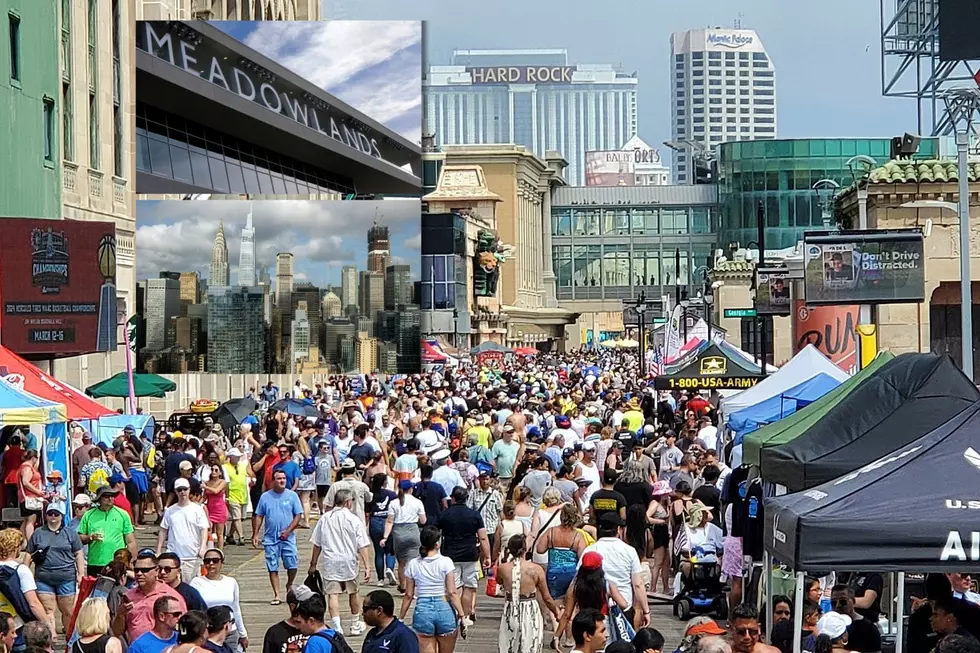
‘Complete Streets’ safety program gaining ground in NJ
Helped by more than a dozen policies already adopted in 2014, New Jersey continues its reign as a national leader in the effort to make roads safer and more convenient for everyone - not just drivers, but bikers, pedestrians and transit riders of all ages and abilities.
From Harvey Cedars to Newark, local governments across the state have been joining in the Complete Streets movement that, through most future transportation projects, looks to improve access to roads for all potential travelers.
Seven New Jersey counties, and more than 100 municipalities, currently have Complete Streets policies in place. The New Jersey Department of Transportation was also one of the first state DOTs to adopt its own statewide policy in 2009. New Jersey was ranked 1st nationally for policy adoption in July 2014 by the National Complete Streets Coalition.
"Complete Streets make it easy to cross a street, walk to shops and bicycle to work," said Charles Brown, a senior research specialist with the Alan M. Voorhees Transportation Center at Rutgers University. "They allow buses to run on time, and make it safe for people to walk to and from train stations."
Brown noted, though, road improvements vary from project to project, depending on location and the policy in place. A complete street could include amenities such as sidewalks, special bus lanes, median islands, and more.
Incomplete streets, he said, limit transportation choices by making walking, bicycling and public transportation inconvenient, unattractive and oftentimes dangerous.
Broad St. in Newark and the Route 52 Causeway in Atlantic and Cape May counties have been referred to as solid examples of complete streets.
More From New Jersey 101.5 FM









